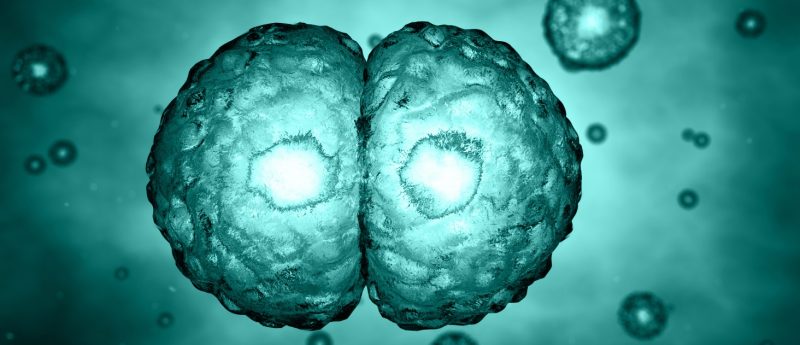Fighting the rise of fake news: an interview with Timothy Caulfield

In this interview, Timothy Caulfield, University of Alberta, reflects on the rise of fake news and how stem cell research is represented in the press.
In this interview, Timothy Caulfield, University of Alberta (AB, Canada), reflects on the rise of fake news and his recent research article, “Fake news portrayals of stem cells and stem cell research”, published in Regenerative Medicine.

Timothy Caulfield
Timothy Caulfield is a Canada Research Chair in Health Law and Policy, a Professor in the Faculty of Law and the School of Public Health, and Research Director of the Health Law Institute at the University of Alberta. His interdisciplinary research on topics like stem cells, genetics, research ethics, the public representations of science and health policy issues have allowed him to publish over 350 academic articles. He has won numerous academic and writing awards and is a Fellow of the Royal Society of Canada, the Trudeau Foundation and the Canadian Academy of Health Sciences. He contributes frequently for the popular press and is the author of two national bestsellers: The Cure for Everything: Untangling the Twisted Messages about Health, Fitness and Happiness (Penguin 2012) and Is Gwyneth Paltrow Wrong About Everything?: When Celebrity Culture and Science Clash (Penguin 2015).
Please introduce yourself and your home institution
I am the Canada Research Chair in Health Law and Policy and Research Director of the Health Law Institute at the University of Alberta. Our team at the Health Law Institute (University of Alberta) has been doing interdisciplinary research around the social and policy issues associated with stem cell research since the early 2000s. It quickly became apparent that the popular representations of this field were less than ideal and, as such, might be have an adverse impact on both public expectations and policy debates. We’ve explored how the media portrays stem cell research, how clinics market unproven therapies and how social media represents the field and associated debates. Analyzing the phenomenon of fake news seems a logical next step.
In your paper, you comment that we are living in an age often described as the ‘era of fake news’. What does this mean?
Fake news has actually been around for a long time. For example, fake stories were spread about royalty and politicians in early tabloid-like newspapers. So, it is not a new phenomenon. However, the Internet has changed how information is shared. It has facilitated the fragmentation of the media and given rise to social media. This has allowed fake news to spread more quickly and to have a greater impact, simply by enhancing its exposure.
Read more from the Regenerative Medicine Special Focus Issue:
What prompted this study?
Our team has been studying how stem cell research and therapies are represented in popular culture for over a decade. We have seen how new communication trend, such as social media, have moved into this space and played an increasingly influential role. Studying the fake news seemed a logical next step, and, to be honest, we saw the crazy headlines! There is also more and more evidence suggesting that fake news can have a tangible impact on public perceptions.
Is stem cell research particularly susceptible to fake news?
Yes. Stem cell research is a topic that has already captured the public imagination and is associated with both controversy and promise. In popular culture, the phrase “stem cells” is now nearly synonymous with cutting-edge. As such, it can easily be leveraged to create a controversial and sensational headline. Also, the area of health already occupies a huge hunk of the fake news space. People have a deep interest in health issues, particularly if the topic is relevant to a health issue that is relevant to them or their family.
What do you hope to accomplish with this article?
We wanted to get a sense of the nature of fake news in the context of stem cell research and therapies. There is a growing body of research that suggests that merely being exposed to fake news can have an impact on public perceptions. Mere exposure to headlines — no matter how crazy — can make the topic of the headline seem more plausible. As such, we wanted to get a sense of what is being said about stem cells in the fake news domain. What we found was no surprise: polarized representations that include miracle benefits (growing teeth and brains!) and bizarre controversies. Our findings — and, of course, more research is needed — would suggest that fake news could be contributing to the spread of misinformation surrounding stem cells. This may have an impact on public perceptions and expectations.
What can scientists do to combat the spread of fake news?
The stem cell research community needs to strive to make sure there are realistic and scientifically accurate portrayals of the research in popular culture. The community needs to be on social media, in the popular press and speaking to the public. And if they see an inaccurate misrepresentation, they should take steps to correct. Social media can be a great tool in this context. I also think that the scientific community needs to take care not to hype their work as hyped representations can be leveraged by the creators of fake news.